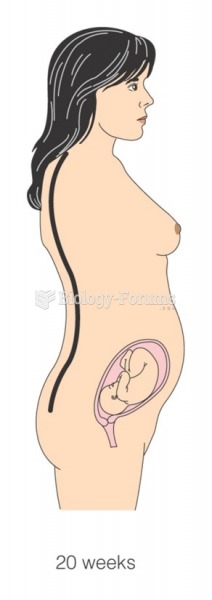Amber, a 10 year old, has been in fixed traction for a femur fracture for the past two weeks. Her parents are currently getting breakfast in the cafeteria.
The nursing plan of care indicates that she should be moved every two hours and assess for skin breakdown. Today, Amber is refusing to move and tells the nurse I am not going to do it.. The best way for the nurse to handle this situation is: 1. I will speak with the doctor to see if we can change your orders so you do not need to be moved so often..
2. We will call your mother to come back and move you..
3. I will give you 10 minutes to think about how you want to be positioned. After that, you can ring your call light, and we will move you to the position of your choosing..
4. I understand that you do not want to move today, but we have to make sure you do not get any sores on your back or leg. I will let you be for 10 minutes, and then when you ring the call light, I will come in and move you to the position of your choosing..
Question 2
A nurse is assessing a newborn with a known patent ductus arteriosus defect of the heart. The mother asks when she can start breastfeeding her infant. The best explanation by the nurse would be:
1. The newborn will need to have the defect repaired before oral feedings can start..
2. The newborn will need to have extensive rest time between feedings, so plan on breastfeeding one time, then we will give a nasogastric feeding the next time..
3. The nursing staff will monitor the newborn during feedings because she may sweat and have increased difficulty breathing..
4. The newborn should have no issues while breastfeeding..







